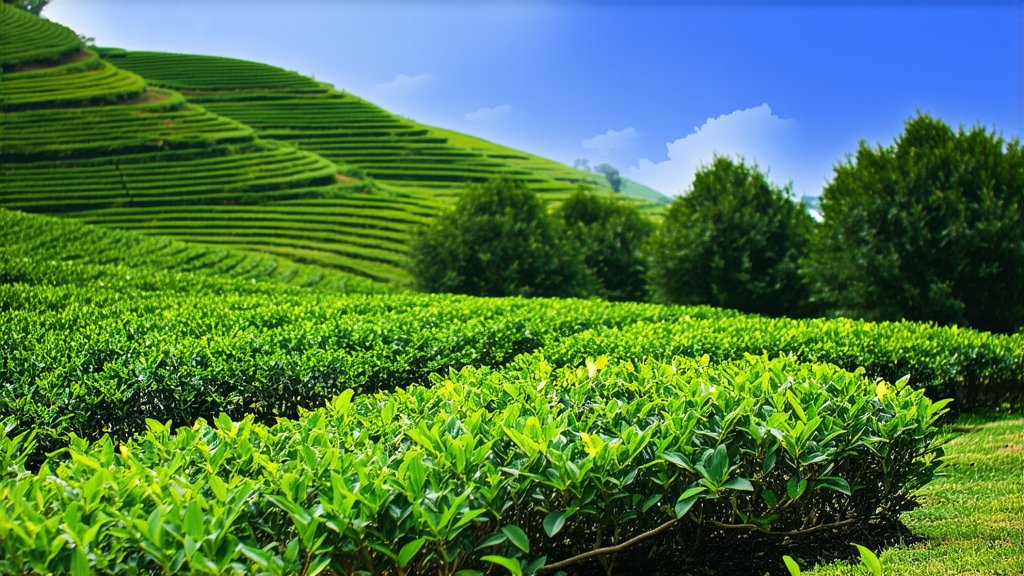
Longjing tea, also known as Dragon Well tea, stands as one of the most revered and iconic representatives of Chinese green tea culture. Its origins trace back to the Tang Dynasty (618-907 AD), but it gained widespread prominence during the Qing Dynasty when Emperor Kangxi was enamored by its unique flavor and aroma. Today, Longjing continues to captivate tea enthusiasts worldwide with its delicate taste, elegant appearance, and rich heritage.
History & Legend
The tale of Longjing tea is intertwined with both history and folklore. According to legend, during a visit to the West Lake region in Hangzhou, Emperor Kangxi encountered a dragon in his dreams who gifted him this extraordinary tea from the depths of West Lake. Upon waking, he ordered local farmers to replicate the tea he had experienced in his vision. They succeeded, and thus, Longjing tea became a prized possession among the imperial court.
Varieties & Classification
Longjing tea is primarily grown in the Xihu (West Lake) District of Hangzhou, Zhejiang Province. It falls under the category of 'pan-fried' green teas, characterized by its flat, sword-like leaves that resemble the shape of a dragon's well – hence the name. There are several grades of Longjing, ranging from the prestigious Xu Cha (Pre-Ming) harvested before Qingming Festival, which is considered the finest due to its tender shoots and high concentration of nutrients, to later flushes that offer a more robust flavor profile.
Cultivation & Harvesting
The meticulous cultivation process begins with selecting prime locations near clear mountain springs and lakes, ensuring optimal growing conditions for the tea plants. Harvesting typically occurs between late March and early April, with skilled workers plucking only the top two leaves and bud, ensuring the freshest and most tender parts of the plant are used.
Processing: An Art Form
Longjing's distinctive characteristics owe much to its intricate processing method. Freshly picked leaves undergo a series of steps:
-
Fixation (Pan-frying): The initial step involves briefly frying the leaves in a large wok over high heat to halt oxidation and preserve their vibrant green color. This step also helps to develop the tea's signature fragrance.
-
Shaping: After fixation, the leaves are shaped manually or using specialized machines to achieve their characteristic flat, needle-like form. This process requires great skill and experience to ensure uniformity without damaging the leaves.
-
Drying: Finally, the shaped leaves are dried through a combination of gentle roasting and air drying to reduce moisture content while enhancing their aroma and taste.
A Symphony of Flavors
Upon brewing, Longjing unleashes a symphony of flavors and aromas. Its pale yellow-green liquor exudes a subtle sweetness intertwined with vegetal notes, often described as reminiscent of chestnuts or fresh grass. The texture is smooth and slightly viscous, leaving a refreshing aftertaste that lingers on the palate.
Appreciating Longjing: The Art of Tea Ceremony
To truly savor Longjing, one must embrace the traditional Chinese tea ceremony. Begin by warming the teapot and cups with hot water, then discard it. Add approximately 3 grams of loose leaves per 150ml of boiling water (cooled to around 80°C). Steep for about 1-2 minutes before serving. Observe the dance of the leaves as they unfurl, releasing their essence. Each subsequent infusion reveals new layers of complexity, with the first two infusions being particularly prized for their intensity and clarity.
In conclusion, Longjing tea is not merely a beverage; it embodies centuries of cultural refinement and an enduring connection between nature and humanity. Its story invites us to slow down, appreciate the subtleties of life, and find solace in the simple pleasure of a perfectly brewed cup of tea. Whether you're a seasoned connoisseur or a curious novice, exploring the world of Longjing promises a journey filled with discovery and delight.